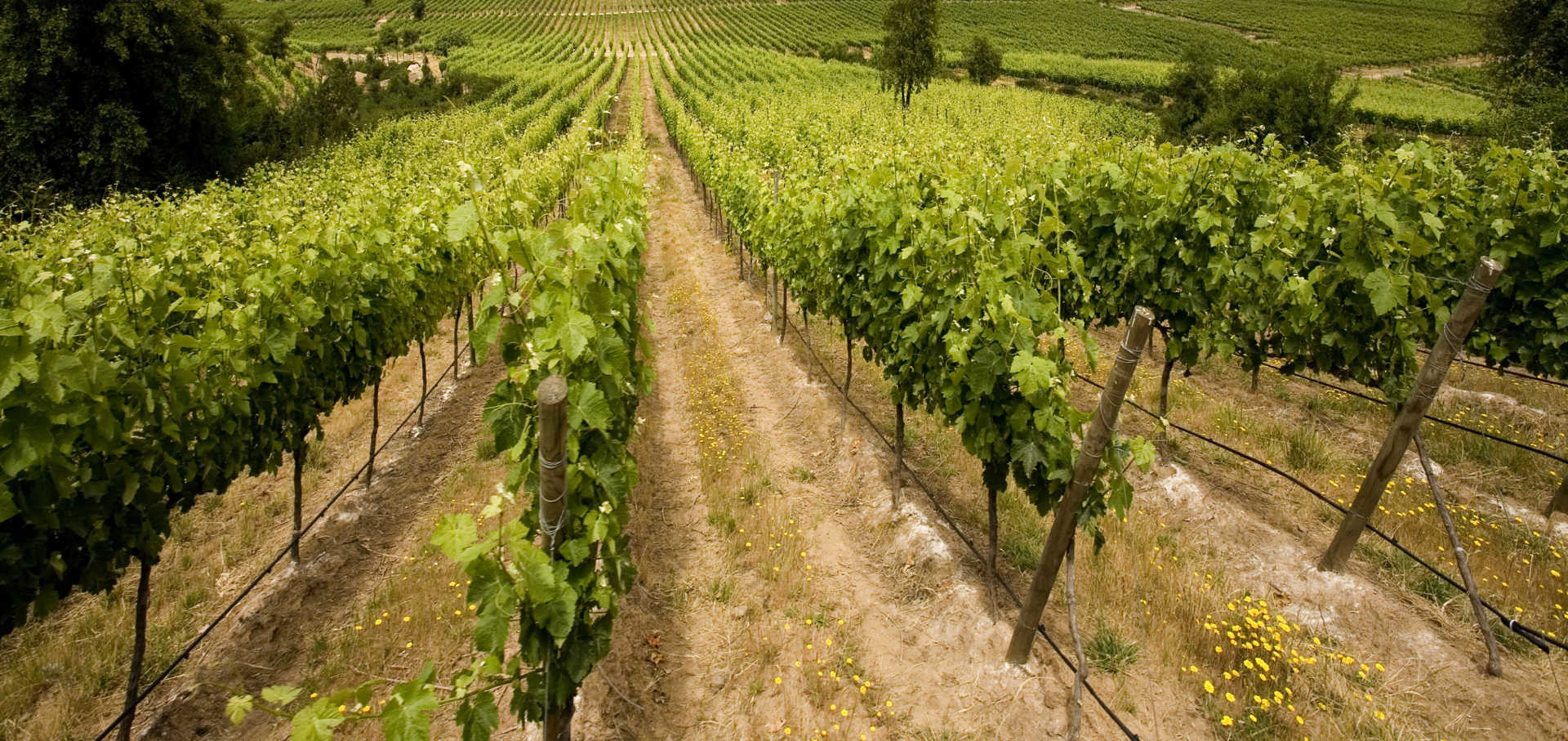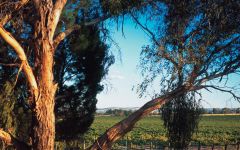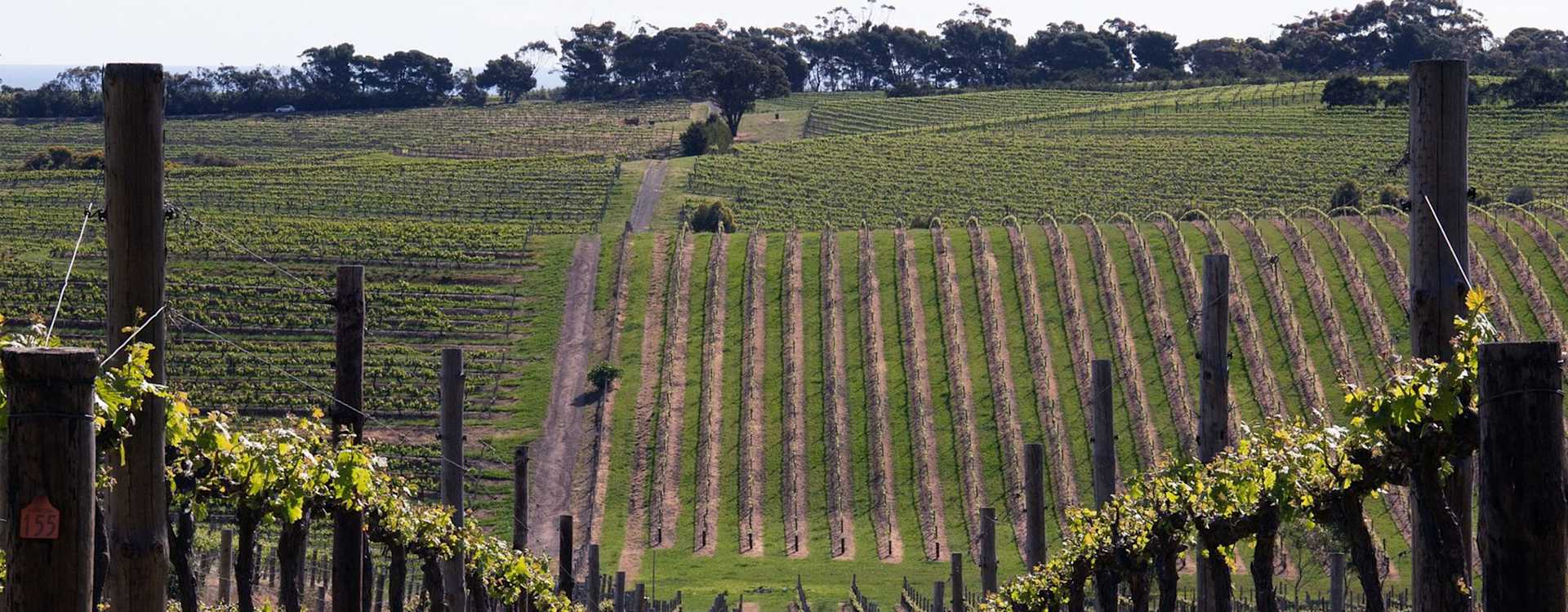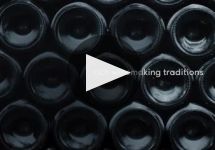Penfolds Max's Chardonnay 2017
-
James
Suckling -
Jeb
Dunnuck -
Wilfred
Wong



Product Details
Your Rating
Somm Note
Winemaker Notes
Very pale straw in color, this wine offers an amalgam of aromatics working in harmony -- primarily yellow stone fruit (nectarine) and honeydew melon with soft pistachio nougat (and, enchantingly/unexpectedly from this white grape variety, blueberry!). Barely recognizable savory French oak imparts a sensitive touch to sign off on a complex and appealing nose. A soft and delicate mouth coating/laminated acidity fills out the palate and gently conveys the fermented spoils of Adelaide Hills Chardonnay. The wine shows a citrus edge, with lime splice and finger lime sweetness. It also offers enticing teacake sponge flavors varietally laced with finely grated lemon zest.
Professional Ratings
-
James Suckling
This complex and attractive chardonnay has a neat core of white peaches, pears and honeydew melon with a refined, dry and layered palate. Long, fresh, peach and lemon finish. Drink now. Screw cap.
-
Jeb Dunnuck
The 2017 Chardonnay Max’s is packaged in an interesting grey wrap which might look good on a shelf but does make opening the bottle a pain (the Cabernet Sauvignon Max’s is even worse). The wine, however, is rock solid, with ripe notes of melon, mango, and honeyed grapefruit all giving way to a medium-bodied, vibrant, racy white that has loads of appeal. It’s unquestionably worth the going rate.
-
Wilfred Wong of Wine.com
COMMENTARY: The 2017 Penfolds Max's Chardonnay is delicious, balanced, and supple. TASTING NOTES: This wine exhibits appealing aromas and flavors of mineral, sandalwood, and ripe fruit. Pair it with pan-seared sea scallops and wild mushrooms. (Tasted: March 21, 2020, San Francisco, CA)
Other Vintages
2018-
Wine
Enthusiast -
Tasting
Panel








Penfolds has been producing remarkable wines since 1844 and indisputably led the development of Australian fine wine in the modern era. The introduction of Penfolds Grange in 1951 forever changed the landscape of Australian fine wine. Since then a series of stand-out wines both white and red have been released under the Penfolds masthead.
Peter Gago, Penfolds Chief Winemaker and only the 4th custodian of Grange, relishes the opportunity to bring Penfolds to the world stage and is an enthusiastic ambassador and natural educator. Penfolds came to the attention of the US market when 1990 Grange was Wine Spectator’s ‘Wine of the Year’. Since then, Penfolds Grange has become one of the most collectable wines of the world and was honored to grace the front cover, once again, of Wine Spectator, with declarations of Grange as Australia’s Icon.

One of the most popular and versatile white wine grapes, Chardonnay offers a wide range of flavors and styles depending on where it is grown and how it is made. While it tends to flourish in most environments, Chardonnay from its Burgundian homeland produces some of the most remarkable and longest lived examples. California produces both oaky, buttery styles and leaner, European-inspired wines. Somm Secret—The Burgundian subregion of Chablis, while typically using older oak barrels, produces a bright style similar to the unoaked style. Anyone who doesn't like oaky Chardonnay would likely enjoy Chablis.

A narrow band of hills and valleys east of the city of Adelaide, the Adelaide Hills region is a diverse landscape featuring a variety of microclimates. In general it is moderate with high-altitude areas cooler and wetter compared to its warmer, lower areas.
Piccadilly Valley, the part of Adelaide Hills closest to the city, was first staked out by a grower named Brian Croser, in the 1970s for a cool spot to grow Chardonnay, then uncommon in Australia. Today a good amount of the Chardonnay goes to winemakers outside of the region.
Producers here experiment with other cool-climate loving aromatic varieties like Pinot Gris, Viognier and Riesling. Charming sparkling wine is also possible. On its north side, lower, west-facing slopes make full-bodied Shiraz.
